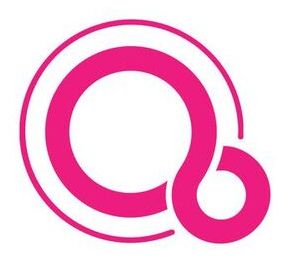It’s been four years, and we still don’t really know what Google intends to do with this OS.
It’s been over four years since we first found out that Google is developing a new operating system called Fuchsia. It’s unique because it’s not based on a Linux kernel; instead, it uses a microkernel called Zircon. It’s also unique because, despite being developed “in the open” on publicly browsable repositories, nobody really understands what the OS is for, and Google executives have been remarkably coy about it all.
Today, that mix of trends continues as the company announces that it’s opening up a little more by asking for more public contributors from outside its organization. Google says it has “created new public mailing lists for project discussions, added a governance model to clarify how strategic decisions are made, and opened up the issue tracker for public contributors to see what’s being worked on.”
It’s been a while since we’ve seen a dive into the code and documentation Google has made available, though there are some early UI examples. Google’s post today emphasizes that “Fuchsia is not ready for general product development or as a development target,” but it’s likely that the announcement will spur another round of analysis.
